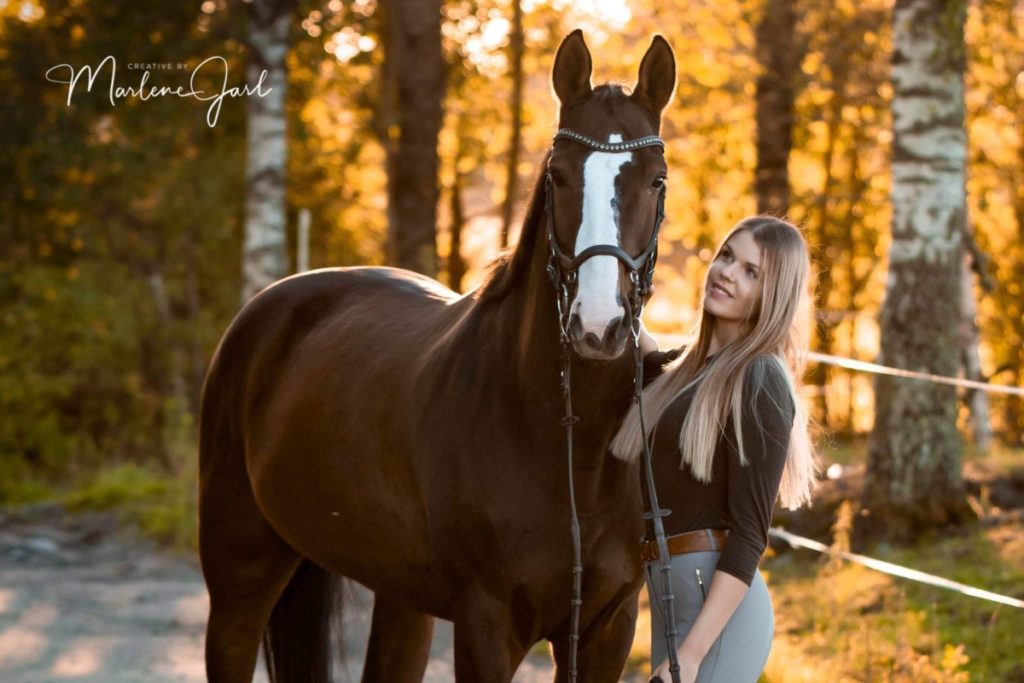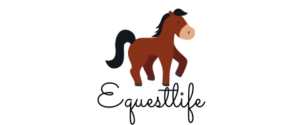Horseback riding is recognized as an excellent full-body exercise with countless benefits to not only your body but psychologically as well. The intense muscle engagement required for riding causes muscles to develop, particularly in the core, buttocks, and thighs. This muscle growth has caused concerns in some enthusiasts who wish to ride but are afraid of developing a large derriere.
Horseback riding will only make your bum bigger in terms of muscles and definition. Much like aerobics, weight training, or spinning class, your muscles will increase during exercise. Riding engages your gluteus muscles, decreases fat through burning calories, and creates a toned, firm behind.
A clever response to the question of whether your bum will get bigger when you ride is, “Have you ever seen a fat jockey?” A large behind is more the result of genetics or excess weight than riding a horse. If you are interested in the multiple benefits of horseback riding on your physique, please read on.
Can Horseback Riding Help You Lose Weight?
It has long been known that Horseback riding is an excellent means of exercise. In a peer-reviewed scientific survey of 40 adults using a horseback riding simulator, the exercise potential exceeded jogging. Most noticeably, the study found increased activity in the:
- Biceps brachii
- Transverse abdominis
- Abdominal oblique
- Adductor longus muscles
Studies have shown that horseback riding causes physical fitness in multiple ways, such as:
- Muscular strength
- Muscle mass
- Cardiorespiratory endurance
- Agility
- Balance
Dr. Dennis Sigler, horse specialist and professor in the animal science department at Texas A&M University, did a scientific study on the amount of energy expended in horseback riding.
Dr. Sigler pointed out that a 45-minute riding session with a walk, trot and canter can burn up to 200 calories. Horse activities such as cutting and reining increase this calorie consumption up to nearly seven calories per minute for the entire 45-minute training session.
A 2011 study by the University of Brighton and Plimpton College demonstrated that horse riding and its associated activities used enough energy to be defined as moderate-intensity exercise. This definition means that horseback riding fulfills the requirements of 150 minutes of moderate exercise per week for physical health set by medical standards for health in the U.S. Department of Health and Human Services.
Horseback riding has increasingly been a point of interest in treating people suffering from obesity as an alternative exercise. Studies show that obese subjects showed a marked decrease in body mass index after eight weeks of riding and improved gait.
What Else Does Horseback Riding Do To Your Body?
Strengthening Your Core
Your abdominal muscles, such as the rectus abdominis, internal and external obliques, and the transverse abdominus, work with your spine to help you develop your core. Riding requires our hips, pelvis, and lower back to move in coordination in response to our horse’s movements.
Your transverse abdominis is particularly involved in stabilizing between your hips, ribs, and pelvis as it wraps around your center and protects your spine. Muscle activity during riding significantly activates core muscle groups for full-body muscle development.
A study on simulated horseback riding for stroke victims for eight weeks showed improvements in balance and thickness in the subject’s abdominal muscles in a scientific survey.

Strengthening Your Muscles
You will never miss an arm, leg, or core day in your exercise routine with horse riding. Your legs take full benefit of your riding activity, particularly your adductors, your inner thigh muscles used to bring your thighs together. While your thighs squeeze to keep your seat, your core engaged in protecting your spine, your obliques, and abdominals help you maintain balance.
Your quads, hamstrings, and glutes support your thighs’ work and engage in the forward and lateral leg movements to signal your horse. Along with these actions, the arms and biceps are involved with turning and keeping your horse on the bit (not to mention mucking out or carrying feed bags.) All these actions combine to give your body both strength, muscle definition, and tone.
Increased Flexibility
Horseback riding significantly improves flexibility, which increases your range of motion and improves your overall health. Riding in the correct position with your heels down lengthens your hamstrings and promotes a ‘long leg,’ which is crucial to proper riding. The heels down position also lengthen your hamstrings and Achilles tendon when riding in the correct riding position.
Oblique muscles are used both in riding and mounting your horse, and the shoulders back and spine straight riding position encourage your posture and balance. Pelvic and hip flexibility develop as your movements become synched with the horse’s gait.
Does Horseback Riding Make Your Thighs Bigger?
Much the same way as aerobics, cycling, or exercise machines, horseback riding will cause your thigh muscles to become more muscular and defined. If your thighs were underdeveloped when you began riding, you might have a more noticeable increase in your thigh muscles. In contrast, if you were overweight, the calorie consumption and activity of riding could recuse your thigh size and define your muscles.
Your thigh muscles are active in the action of riding, particularly the adductors in your inner thighs, which help you maintain your seat on the horse and signal action. Thighs are put into good use with a rising trot, and if you mainly aim to build your thigh tone, a rising trot without stirrups should have you fit with super thigh muscles in no time (if you don’t mind not being able to walk properly after exercise.)
Does Horseback Riding Make Your Bum Bigger?
If muscular growth and toning can be defined as ‘bigger’ THEN horse riding could make your buttocks bigger, much as gym exercise and aerobics would have the same effect. Like squats and lunges’ physical exercise, horse riding will increase a rider’s size if they began with underdeveloped glutes. In contrast, overweight riders may find a decrease in their buttock size from the calorie-burning effect of horse riding.
How Does Riding Affect My Behind?
Riding has effects on both the Gluteus Maximus and the Gluteus Medius of the horse riders behind. The gluteus Maximus muscle is the most superficial gluteal muscle that forms most of your buttock region. This muscle controls the front-to-back movement of your hips, while the medius controls the hips’ inward and outward motion.
These are the muscles that a rider uses to maintain balance while riding, and squeezing the glutes is used in halting your horse. The squeezing action of your glutes allows you to use your saddle to control your horse, and as you ride, your glutes will flex to keep you in your seat. This repetitive action is what builds up a rider’s buttock area.
Often, this muscle becomes neglected in our sedentary lives and causes it to become soft and lose tone. Riding causes your glute muscles to expand and contract and become engaged during your ride, increasing firmness and muscle tone.
Conclusion
Horseback riding is one of the most holistic ways you could ever decide to exercise. The open air, the bond between horse and rider, and the sheer joy of being on a horse in full stride are only a few of the pleasures of riding. The riding activity is physically demanding but offers a range of health benefits, including building up your muscles. Riding won’t create a big behind; on the contrary, a well-toned and muscled should be a point of pride.
Sources
- NCBI: The effects of horseback riding simulator exercises on the muscle activity of the lower extremities according to changes in arm posture
- Digital Commons: Rider energy expenditure during high-intensity horse activity and the potential for health benefits
- Horse magazine: Riding from the Inside Out
- BodyBuilding: 4 Ways to harness the Fitness Benefits of Horseback Riding
- Dressage Rider Training: 8 Key Muscles Involved When We Ride
- AgriLife Today: Study examines the health benefits of horseback riding
- U.S. Department of Health and Human Services: 2008 Physical Activity Guidelines for Americans
- NCBI: The effects of horseback riding on body mass index and gait in obese women
